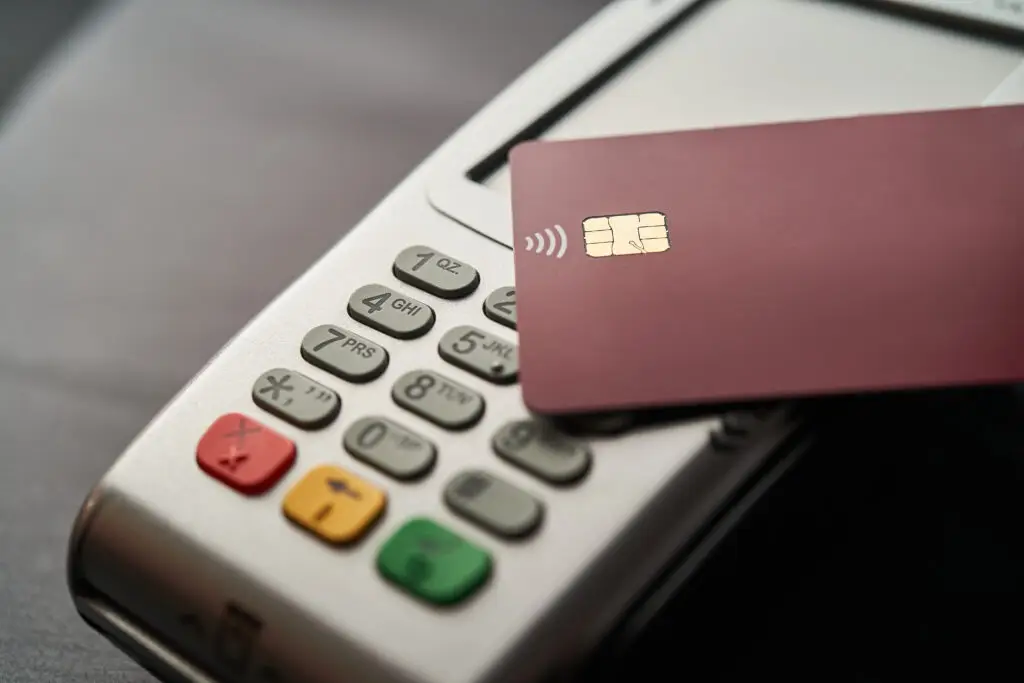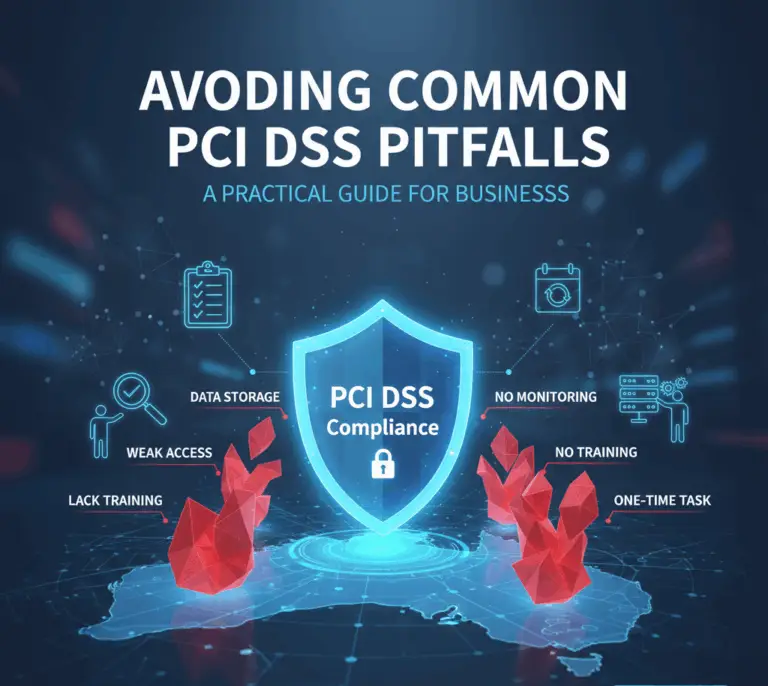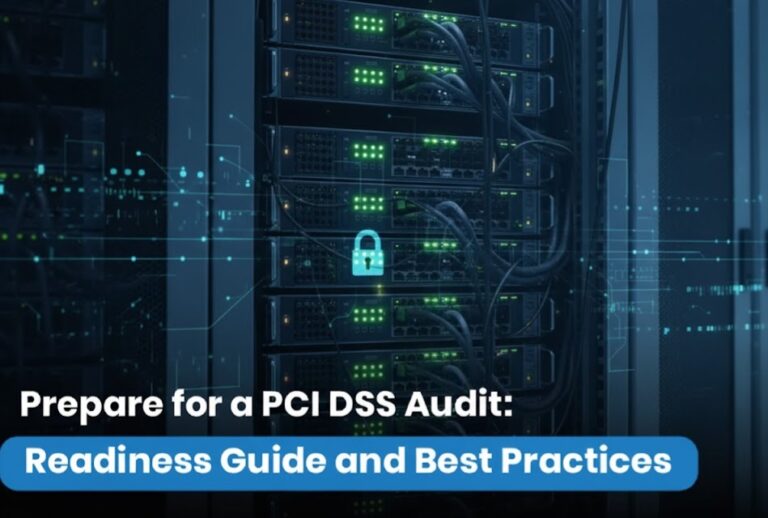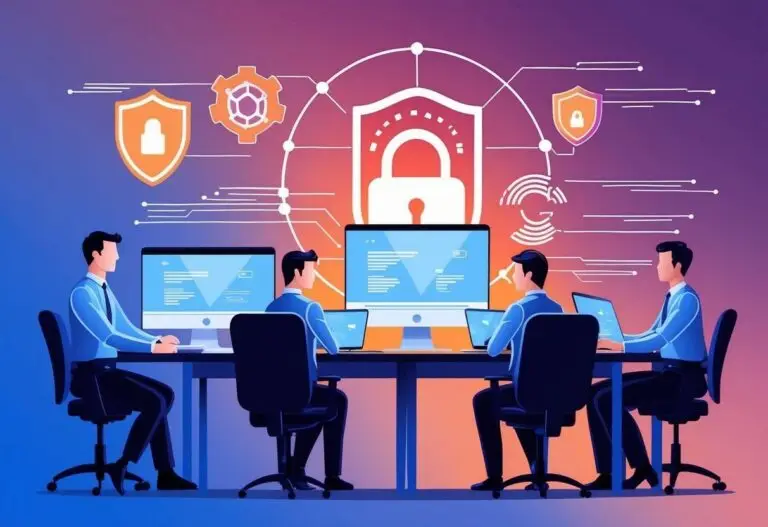Why Tokenization Is Essential for Securing Credit Card Data: Benefits for Businesses
Every company that processes, transmits, or stores credit card numbers faces the challenge of securing this sensitive data. Tokenization has emerged as a powerful technique to protect cardholder information by replacing real card numbers with surrogate values (tokens) that are worthless to criminals [1]. This article provides a clear overview of tokenization, how it works, and the benefits it offers to businesses. We will cover the key components of a tokenization system, how tokenization and de-tokenization processes operate, important security and PCI DSS compliance considerations, and best practices for companies looking to implement tokenization. Relevant examples and simple analogies are included to illustrate these concepts for a general audience.
Introduction to Tokenization
Tokenization is a data-security process that substitutes a sensitive data element with a non-sensitive equivalent, known as a token, that has no exploitable meaning or value if intercepted. In the context of credit card processing, tokenization means replacing the actual credit card number (known as the PAN, or Primary Account Number) with a random string of characters – the token 1. The real PAN is stored securely in a separate location (often called a card data vault), and the token is used in place of the PAN for business operations. The key idea is that knowing the token alone is not enough to retrieve the original card number without access to the secured vault or cryptographic keys 1.
For example, if a customer’s credit card number is 4111 1111 1111 1111, a tokenization system might generate a token like KZ90-AB1XD-5543 to represent that card. The token looks nothing like the original number and cannot be mathematically reverse-engineered to reveal the PAN 1. Later, when the company needs to process a transaction or look up the customer’s payment info, it uses the token, and only the secure tokenization system can map it back to the actual credit card number through a controlled process (de-tokenization).
How tokenization works: When a credit card is used, the merchant’s systems send the PAN to a tokenization service which returns a token. The merchant then stores and uses this token in place of the actual card number. If the token needs to be converted back to a PAN (for example, to charge the card through a payment processor that requires a real card number), a secure reverse process (de-tokenization) is performed by authorized systems. The overall result is that sensitive card data is kept in as few places as possible. Any systems or databases that are not absolutely necessary for processing the raw card data hold only tokens, not real card numbers.
Why tokenization is needed: Credit card data is a prime target for cybercriminals. If a company’s database or network is breached and card numbers are exposed, the fallout can be devastating – financial loss, fraud, regulatory penalties, and reputation damage. By using tokenization, companies dramatically reduce the risk because stolen tokens are useless to attackers 1. Additionally, tokenization can ease the burden of complying with stringent security standards like the Payment Card Industry Data Security Standard (PCI DSS) by reducing the number of systems that actually handle sensitive card data 1. In the next sections, we will explore the specific benefits tokenization brings, and how it is implemented and maintained securely.
Benefits of Tokenization
Implementing tokenization offers several key benefits for companies that handle credit card information:
- Dramatically reduced risk of data breaches: If attackers breach a database or server that contains only tokens instead of actual card numbers, they gain nothing of value. A properly generated token has no intrinsic meaning or value to an attacker 1, since it cannot be easily converted back to a PAN without access to the secure token vault. This means that even in the event of a security breach, customers’ real card details remain safe. Tokenization acts as a safety net, limiting the damage of potential leaks or hacks.
- Minimized sensitive data footprint: Tokenization allows businesses to store far fewer actual credit card numbers in their environment 1. After a transaction is processed and a token is generated, the real PAN can be encrypted and kept only in one highly secure location (the vault). Everywhere else – customer profiles, billing systems, analytics databases – the token is used. By replacing PANs with tokens across databases, a company can drastically shrink the footprint of sensitive data that needs protection. Many internal systems can operate with tokens only, never seeing the actual card data.
- Simplified PCI DSS compliance scope: Because tokenization reduces where card data resides, it can shrink the scope of PCI DSS compliance audits and requirements 1. The PCI DSS is a set of rigorous security standards that apply to all systems storing or transmitting cardholder data. With tokenization, fewer systems fall under that category. For example, if an e-commerce merchant tokenizes card numbers immediately and only the tokenization system and vault deal with raw PANs, then databases and applications that use just the tokens may be considered out of scope for PCI DSS. This simplifies compliance efforts and can lower the cost and complexity of annual PCI assessments 1, since there are fewer systems to lock down and monitor under the standard. (It’s important to note, however, that tokenization does not eliminate PCI obligations entirely – more on that later – but it makes them more manageable 1.)
- Protection during data transmission: Not only at rest, but also in flight, tokenization can provide security. If tokens are used when transmitting transaction details internally or to third-party services, the risk of intercepting usable card data is reduced. For instance, a token can travel across internal networks or be included in analytics reports without exposing the real PAN. This goes hand in hand with encryption – often, card data is encrypted from the point of capture and then tokenized, adding multiple layers of defense.
- Enabling secure business processes: Tokenization can actually improve certain business operations. Companies can safely utilize tokens for customer analytics, repeat billing, or fraud trend analysis without touching the actual card numbers. For example, a multi-use token can act as an identifier for a customer’s card across transactions, enabling loyalty programs or purchase history linking, while still protecting the underlying card number 1. Tokens allow analysts to group transactions by card or customer to detect patterns (since the same token will be used each time for a given PAN) without exposing sensitive data. This provides the usefulness of having a consistent identifier, but with a much lower security risk.
- Customer trust and brand protection: By adopting tokenization and other strong security measures, businesses signal to customers that they take data security seriously. This can enhance customer confidence, knowing that even if the company faces a breach, their card details are not sitting in an easily exploitable. Avoiding a major data breach (or minimizing its impact) protects the company’s brand and saves potentially enormous costs associated with customer notification, credit monitoring, fines, and legal fees.
- Reduced fraud potential: In some implementations, tokens can be configured to work only in specific contexts. For instance, a token might be usable only with a particular merchant or platform. So even if stolen, the token couldn’t be used elsewhere. Also, single-use tokens (tokens valid for just one transaction) add security – even if intercepted, they cannot be reused for a fraudulent purchase. (Many payment gateways provide a single-use checkout token for a transaction, then issue a separate multi-use token for storing on file if needed.)
It’s worth emphasizing that while tokenization greatly reduces exposure of sensitive data, it is not a silver bullet that removes all security responsibilities 1. Companies must still ensure the systems that handle tokenization (and any remaining sensitive data) are strongly secured. In the next sections we will look at how tokenization is implemented and what parts of the system must be protected.



